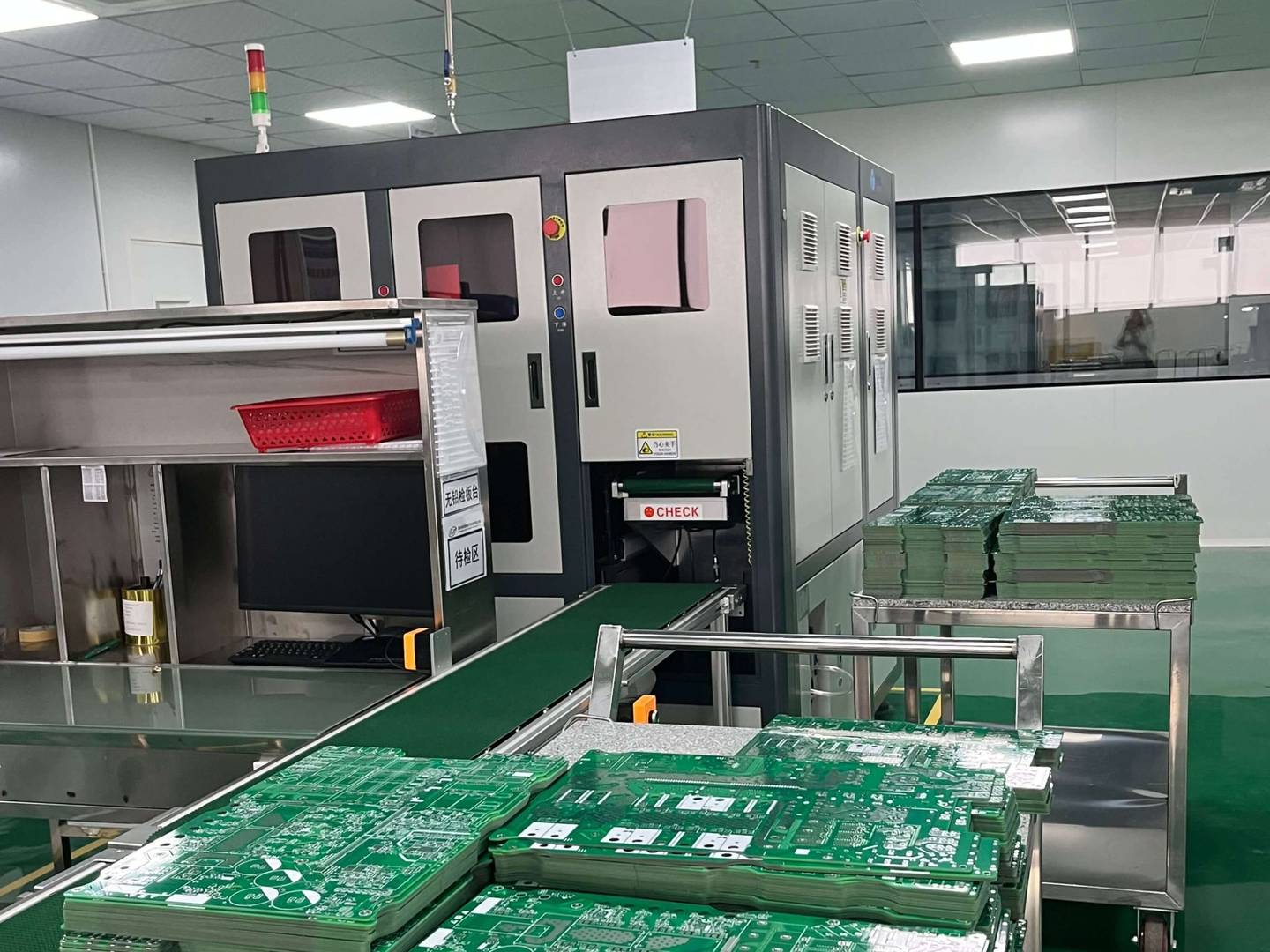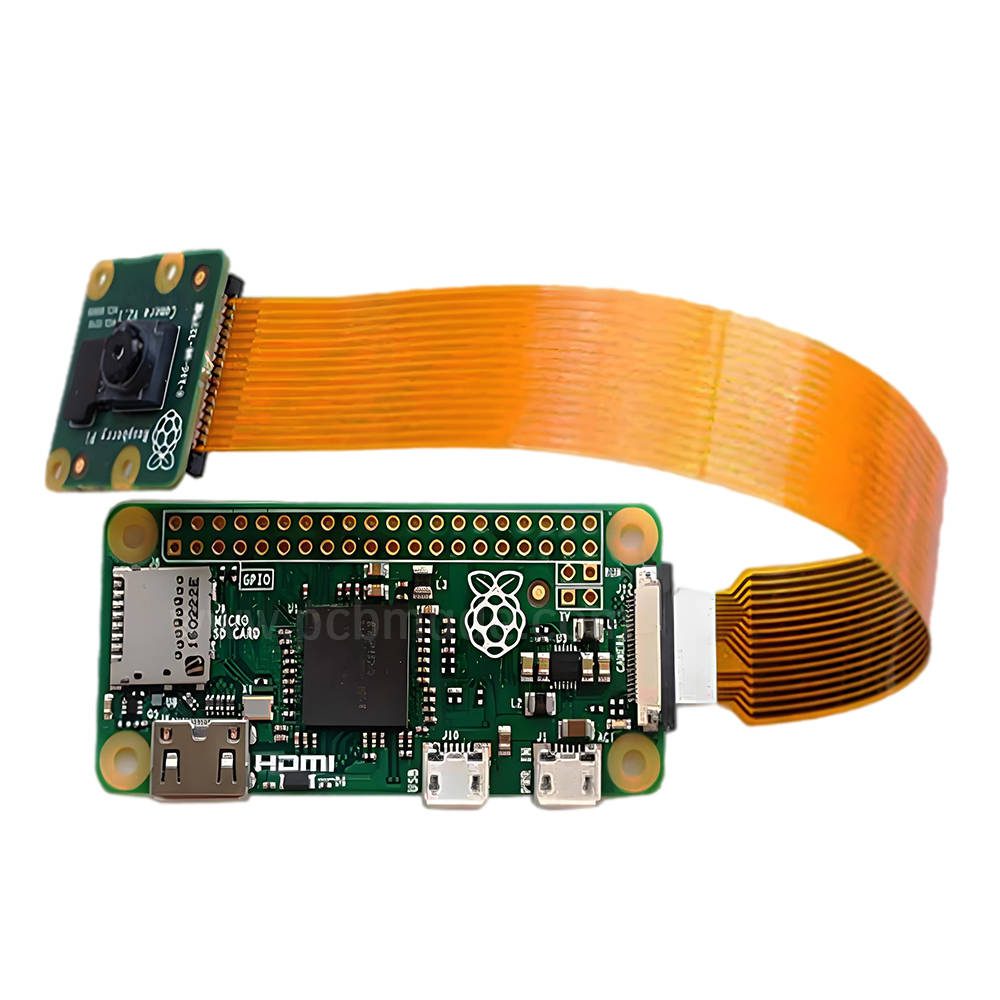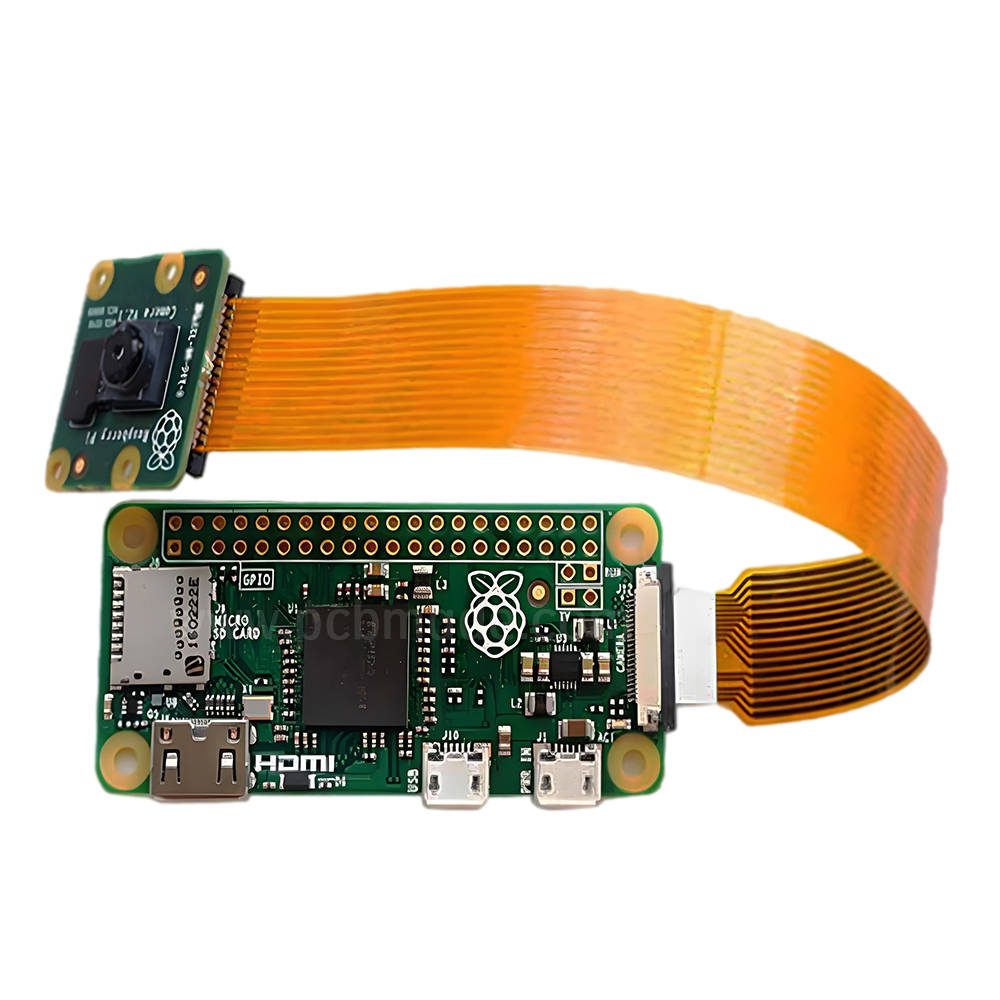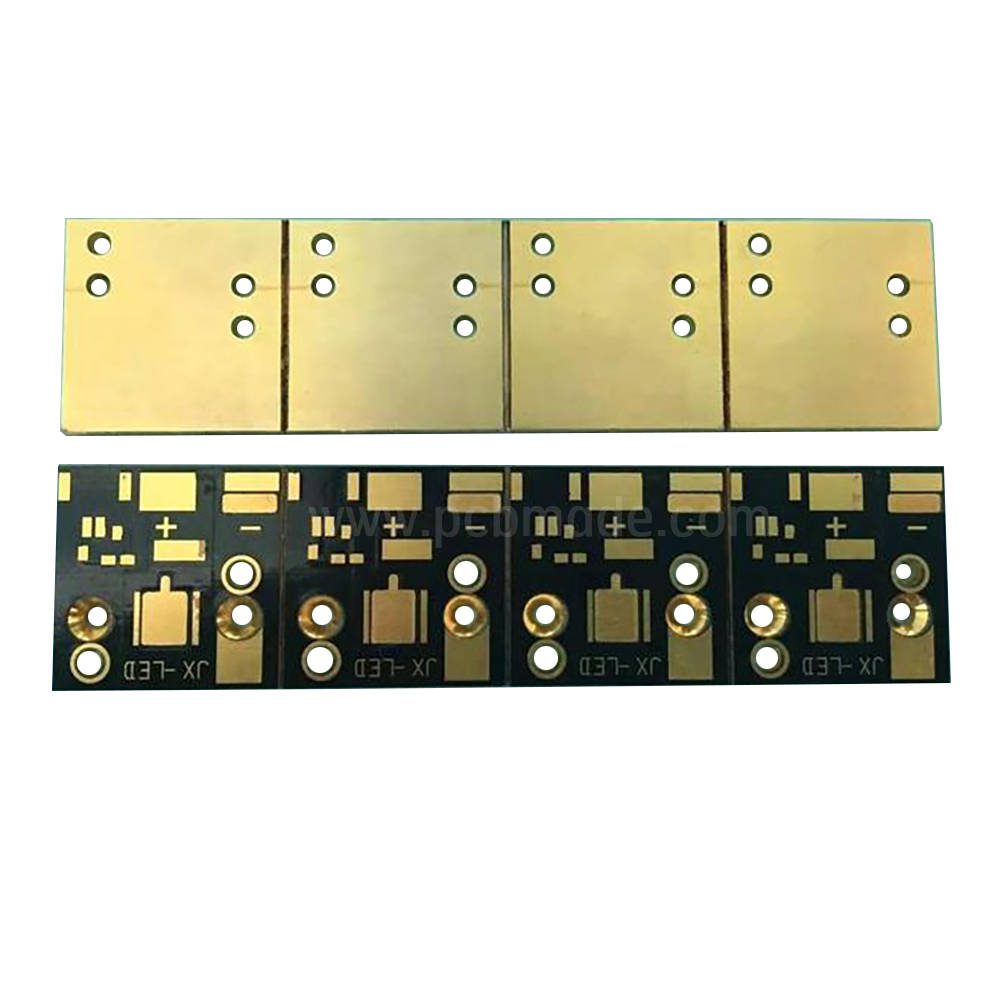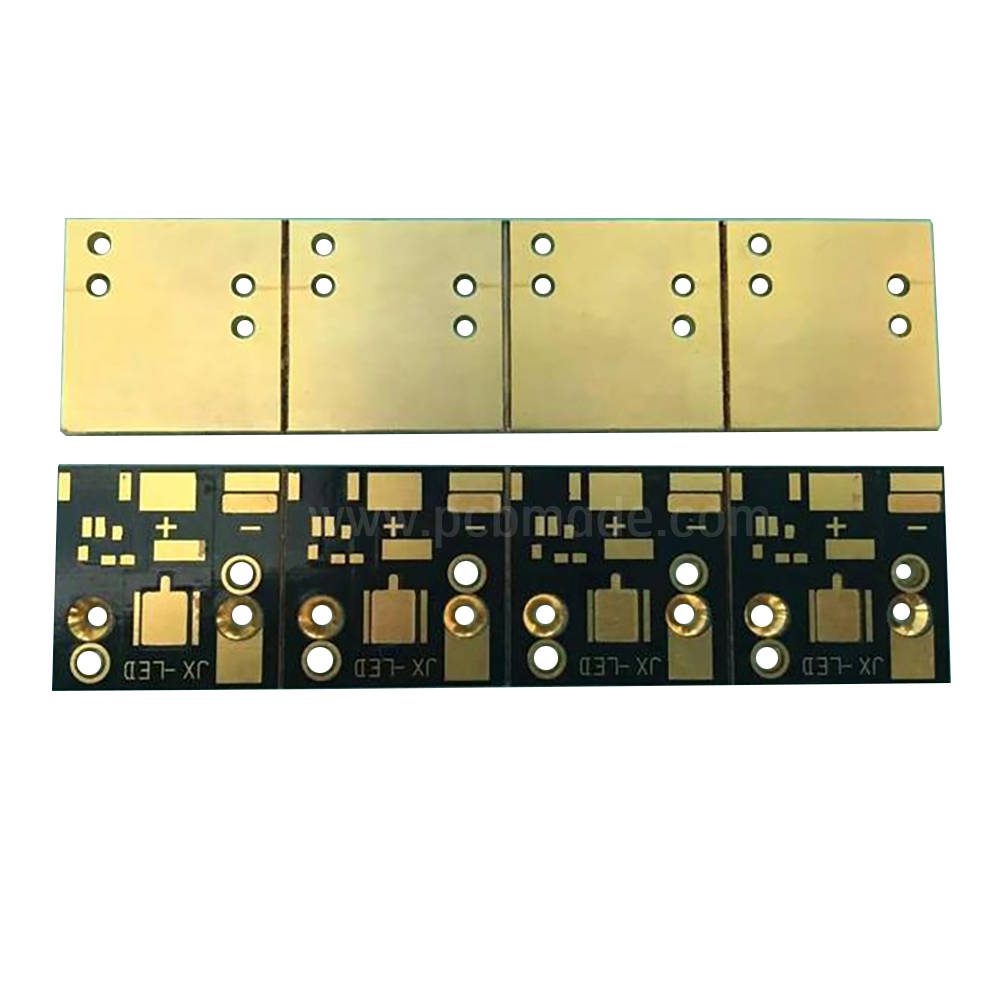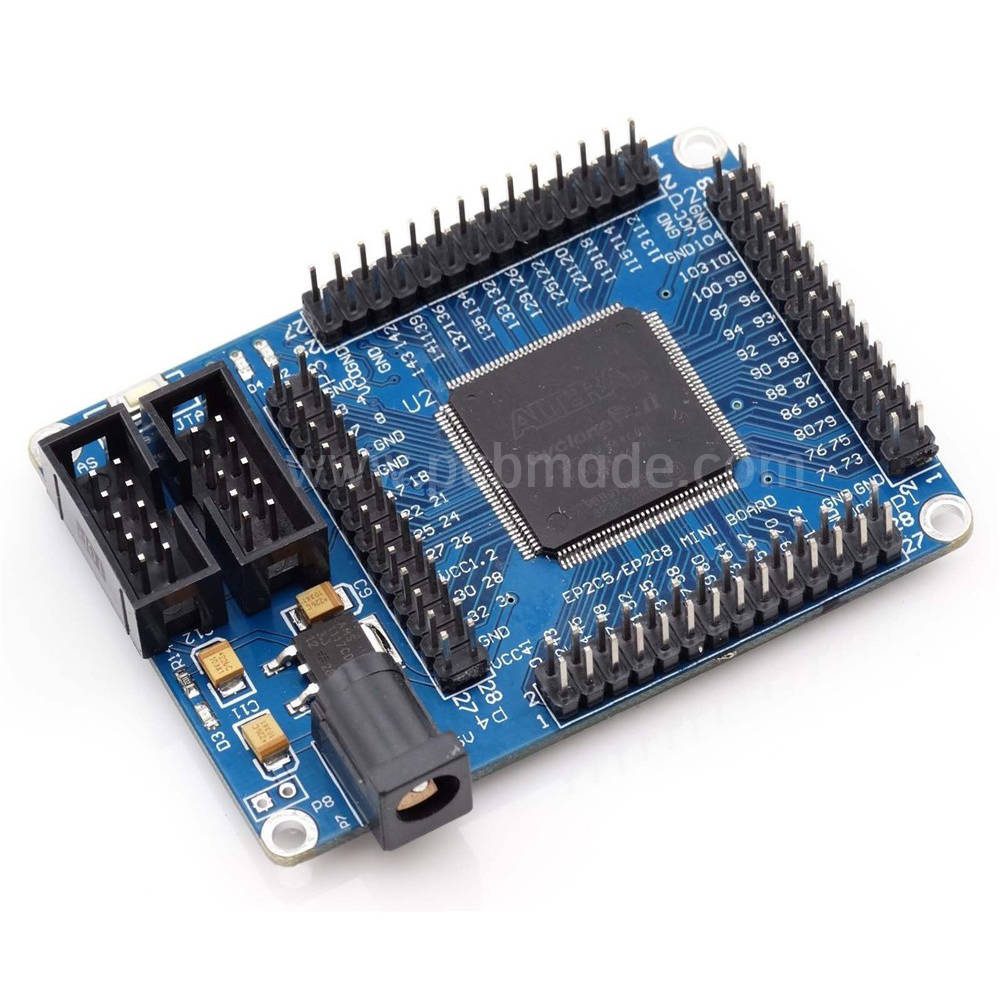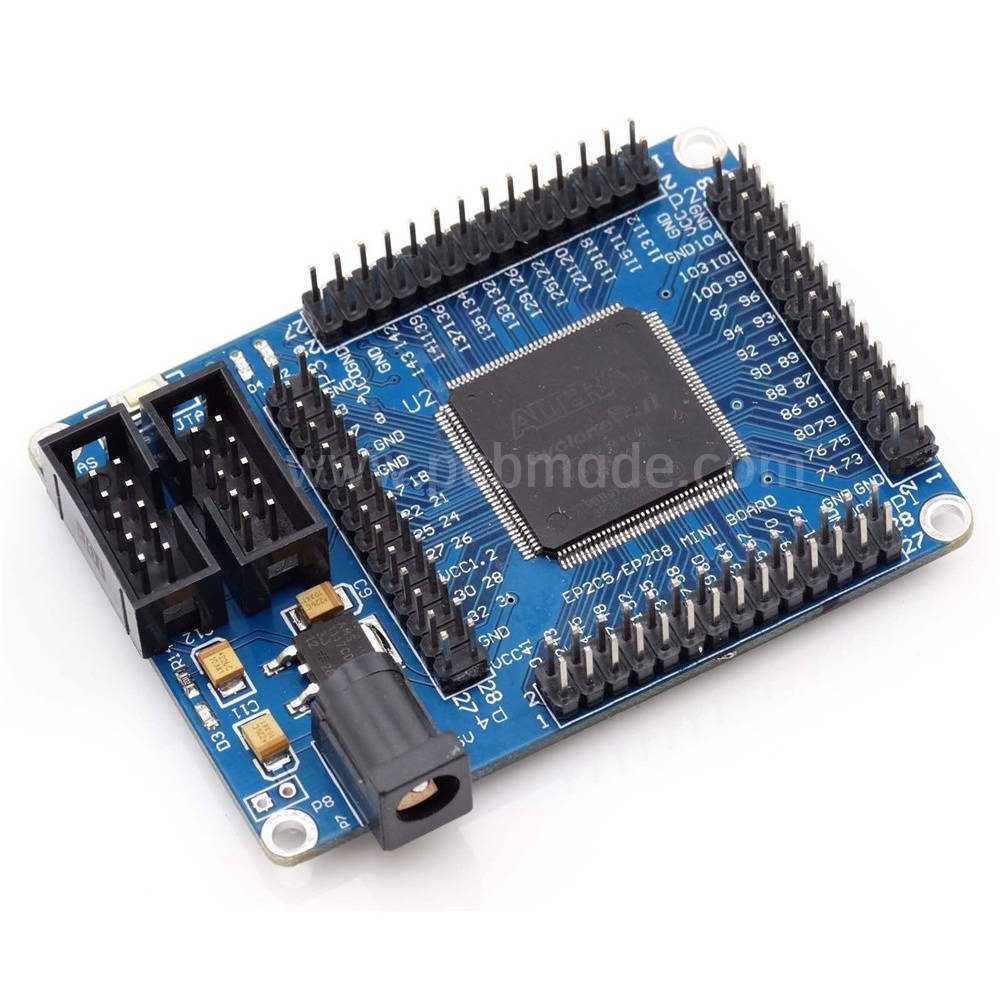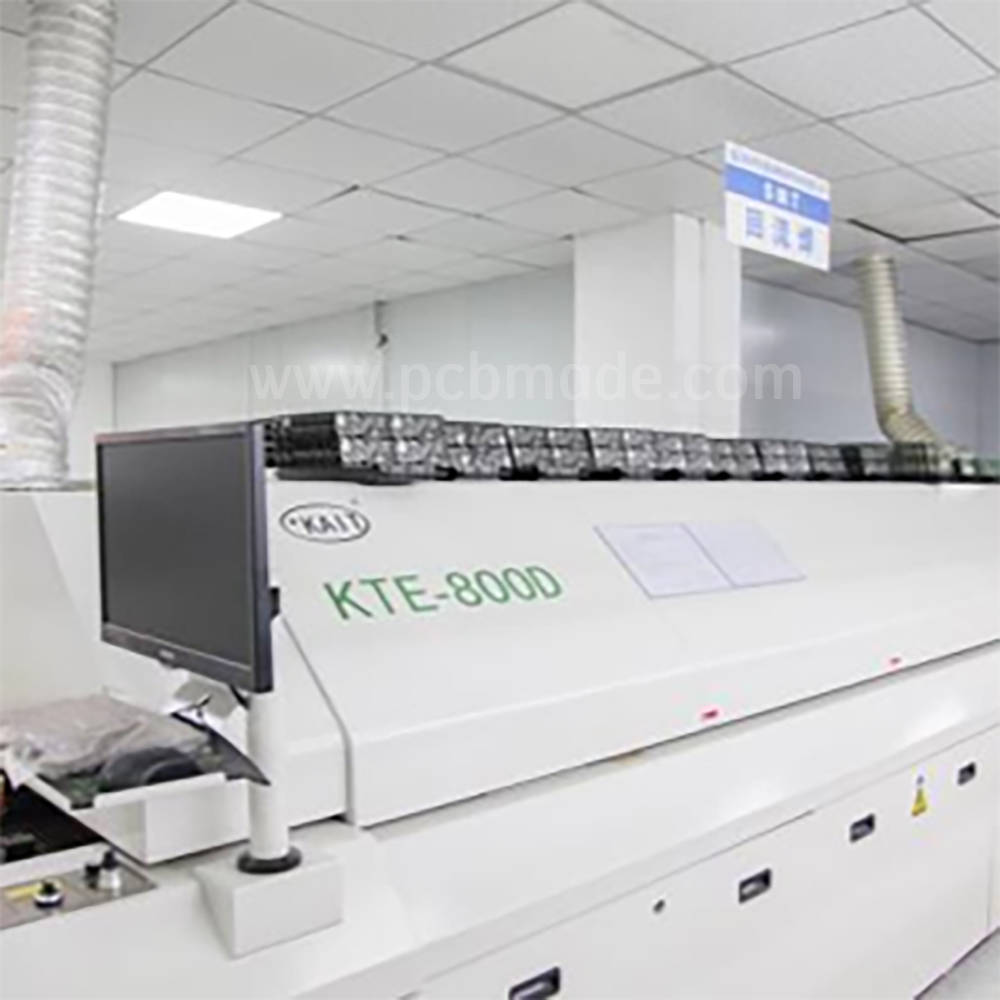In the production and processing of PCBs, the issue of open and short circuits is one of the key factors affecting their performance and quality. This article will deeply analyze the causes of open and short circuits in the production and processing of PCB circuit boards, help everyone understand the essence of this common problem, and provide prevention and solution ideas for relevant practitioners.
一、 Open circuit phenomenon and its causes
1. Design defects
The negligence in the PCB design stage is an important source of open circuit problems. If the layout of the circuit is unreasonable, the line width and spacing do not meet the specifications, resulting in the inability of current to flow normally; Or the connection point design is inaccurate, the size of the solder pads and vias is inappropriate, which makes it impossible to effectively solder the components and forms an open circuit. In addition, insufficient consideration was given to the effects of thermal stress, mechanical stress, and other factors on the circuit during design, which may also lead to open circuits during use.
2. Improper manufacturing process
In the PCB manufacturing process, if the etching process parameters are not set properly, it may lead to excessive or insufficient etching of the circuit, resulting in wire breakage or residual copper, causing an open circuit. In addition, inaccurate pressure and temperature control in the lamination process may lead to inner layer circuit breakage or delamination, which can also cause open circuits. Furthermore, process defects in drilling, electroplating, and other processes, such as rough hole walls and uneven coating, may also lead to poor conductivity inside the hole, resulting in an open circuit.
3. Material quality issues
Poor quality materials such as substrate, solder mask, copper foil, etc., such as poor insulation performance, weak heat resistance, and low corrosion resistance, may cause circuit breakage and open circuit formation during subsequent processing or use. In addition, the use of expired or improperly stored soldering materials such as solder paste and flux may also affect the soldering effect and lead to open circuits.
二、 Short circuit phenomenon and its causes
1. Design error
Overlapping of circuits, insufficient spacing, or incorrect electrical isolation areas (such as grounding rings and power islands) during the design phase may all lead to the risk of short circuits. In addition, errors or delayed updates in the component packaging library may result in actual pad positions not matching the design, leading to short circuits.
2. Production errors
Insufficient alignment accuracy in the manufacturing process may lead to misalignment of circuits between different layers, resulting in short circuits. Inaccurate etching or incomplete cleaning may leave residual copper in small gaps, forming bridges and causing short circuits. Resin flow and overflow in the lamination process may also cause insulation failure between adjacent lines, resulting in short circuits.
3. Materials and environmental factors
Using inferior or mismatched materials, such as incomplete coverage of solder mask or excessive fluidity of solder paste, may lead to short circuits. In addition, high humidity in the production environment and inadequate electrostatic protection measures may also promote the occurrence of solder bridging or electron migration, resulting in short circuits.
三、 Prevention and solution strategies
Preventive and solution measures can be taken from the following aspects to address the above causes of open and short circuits:
1. Rigorous design
Follow the design specifications, layout the lines reasonably, and ensure that the line width, line spacing, and pad size meet the requirements. Fully consider factors such as thermal stress and mechanical stress for reliability design. Use accurate and up-to-date component packaging libraries to avoid design errors.
2. Refined production
Strictly control production process parameters, regularly calibrate equipment, and ensure the accuracy of each process. Strengthen process monitoring, promptly identify and correct abnormal situations. Select high-quality raw materials to ensure their performance meets design requirements.
3. Quality Inspection and Control
Implement a strict quality inspection system, including design review, first article inspection, process inspection, finished product inspection, etc., to detect problems as early as possible and make timely corrections. Introduce advanced automatic optical inspection (AOI), X-ray inspection and other equipment to improve the accuracy and efficiency of defect detection.
4. Establish a sound management system
Establish a sound quality management system, strictly implement standards such as ISO9001 and IPC-A-600, and continuously improve production processes. Strengthen employee training to enhance their quality awareness and technical proficiency. Optimize the production environment, strictly control temperature and humidity, and do a good job in electrostatic protection.
Overall, the issues of open and short circuits in PCB production and processing stem from various factors such as design, process, materials, and environment. By deeply understanding its causes and taking targeted prevention and solution measures, the quality and reliability of PCB products can be effectively improved, ensuring the stable operation of electronic devices.


